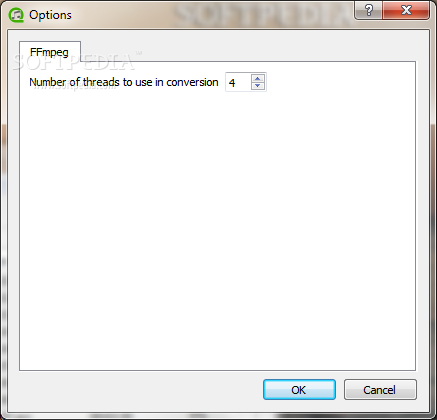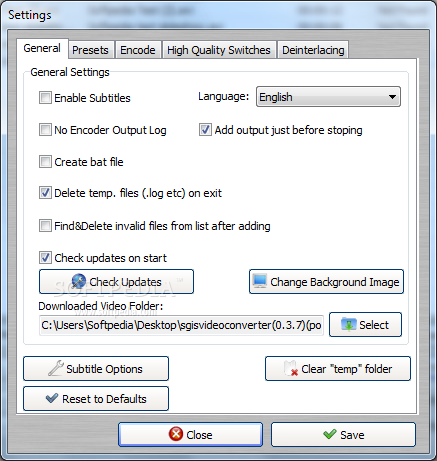

Luckily, one can use the above options while still using hardware h.264 decoding and the scaling stuff is done by the GPU, so I end up with only ~5% CPU consumption when replaying a 4k video on the 2k screen of my laptop.


Notice how above options are very different from the default options activated by choosing "-vo opengl-hq", which really don't look good when down-scaling 4k to 2k. (The Alpha channel in the output is not strictly needed, but it seems that more drivers support RGB with Alpha channel than without.)

What I do with these options in prose is telling the OpenGL driver to (only when down-scaling) use Mitchell-Netravali filtering with a balanced parametrization on both luma and chroma pixels, and with a destination pixel format that will retain as much information as possible. After many experiments, I found that the following setting, when used with an Intel GPU and the OpenGL driver, as available from the marvellous mpv player, provides for the best visible quality - crispy sharp pictures reasonably free of artifacts: -vo=opengl:lscale-down=mitchell:lparam1=0.3:lparam2=0.3:cscale-down=mitchell:cparam1=0.3:cparam2=0.3:scaler-resizes-only:fancy-downscaling:dither-depth=auto:fbo-format=rgba16 Using a software-scaler from ffmpeg is not an option for this use case, as it would simply be too slow.Ĭonfiguring hardware scalers, as available in all current GPUs, is not quite as trivial as it may seem, because down-scaling a crisp 4k picture to 2k can easily cause visible aliasing/ringing artifacts in moving pictures. Now today I've experimented quite a lot on how to achieve "live"/realtime downscaling while replaying 4k video on a 2k screen with very good quality. You've seen my scripts for "offline" downscaling using ffmpeg earlier in this thread.


 0 kommentar(er)
0 kommentar(er)
